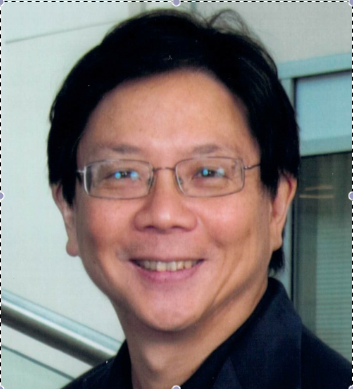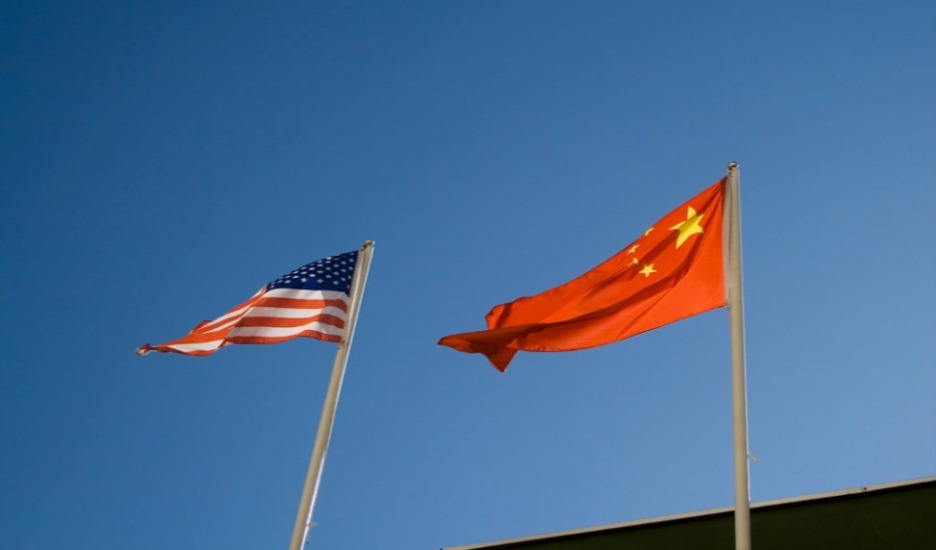What Exactly Does 'Locked and Loaded' Mean?
Published by The Lawfare Institute
in Cooperation With

President Donald Trump tweeted Aug. 11 that “Military solutions are now fully in place, locked and loaded, should North Korea act unwisely.” Many observers have interpreted the president’s statement as doubling down on his earlier threats to use military force against North Korea.
Later that day, in response to a question about what his tweet had meant, the president was quoted by CBS as saying: "Well I think it's pretty obvious, we are looking at that very carefully and I hope that they are going to fully understand the gravity of what I said and what I said is what I mean. So hopefully they'll understand ... exactly what I said and the meaning of those words. Those words were very easy to understand."
I have heard the phrase many times, but I have never understood precisely what it meant. So I turned to the magic of Google to do some research. To my surprise, I found a range of meanings. Here is a sample:
- "Lock and load" refers to “the procedure used for readying an empty M1 Garand for action, not because he said it backwards. In order to prepare the weapon for firing, the bolt must first be ‘locked’ back to the rear so that the en bloc clip can be ‘loaded’ into the fixed magazine. Once the clip is inserted, the bolt snaps forward on its own as soon as thumb pressure is released from the top round of the clip, chambering a round and leaving it ready to fire.”
- “Locked and loaded” means “locking the magazine or cartridge into the gun and loading the ammunition into the gun’s chamber.”
- “Lock and load” means “lock your safety and load a magazine into your weapon.”
- “Lock and load” is “a military command to open the bolt of a machine gun (Lock Open) and load it.”
- Urban Dictionary provides a definition that is mildly not safe for work and is in bad taste in any event.
Given the variety, I have to wonder: Is the meaning of “locked and loaded” clear to the North Koreans, the president’s comments about the clarity of his words notwithstanding? I imagine North Korean translators scrambling to research the phrase, just as I did, and being unsure of what to make of the results. For example, various Internet definitions note that "locked and loaded" is often associated with small arms. Is that what the president meant? I think not, but I have some degree of literacy about U.S. culture. The issue is how North Koreans without any degree of cultural literacy about the United States would interpret the phrase.
The U.S. and North Korea do not engage in direct private diplomacy, so the public statements of our respective governments are an important tool for communicating with one another. The first lesson of trying to communicate a message to another party is to use words that the other party is sure to understand.
Language that uses cultural idioms falls short of what seems like a basic standard of diplomatic communication. Did the president’s tweet meet this standard this time?
In the end, I like what Wiktionary says: “Some modern firearms users . . . . have argued through online discussions and social media memes that the phrase is correctly ‘load and lock’ and that ‘lock and load’ is an invention of Hollywood and/or that it demonstrates a person's ignorance of firearms.”


.jpg?sfvrsn=5a43131e_9)


